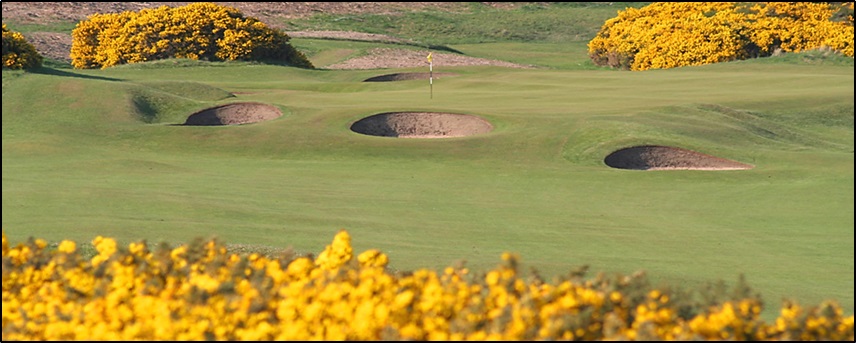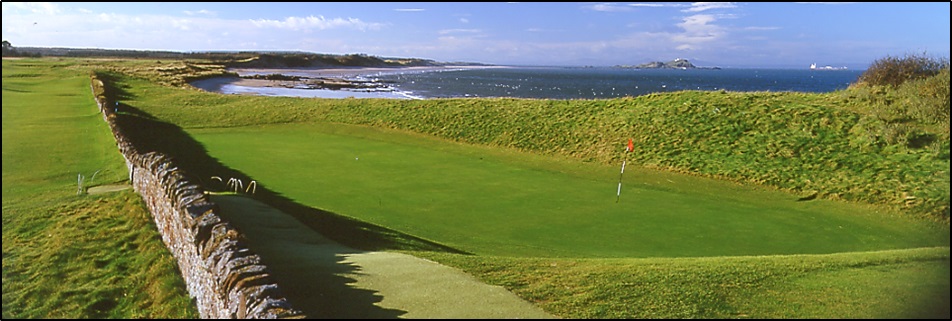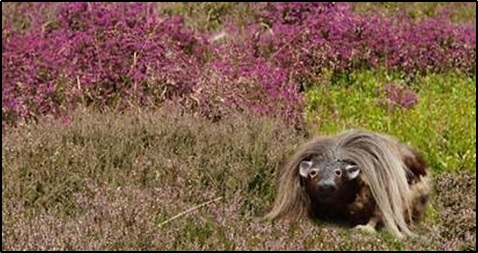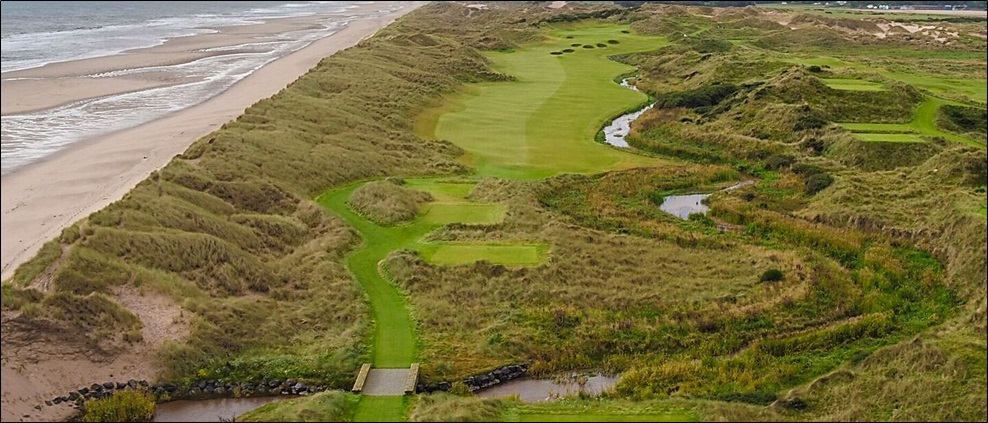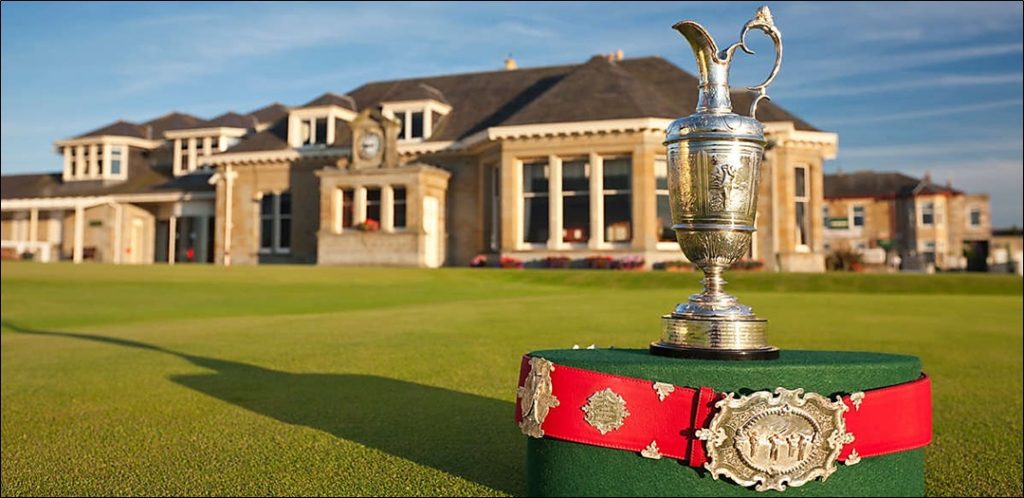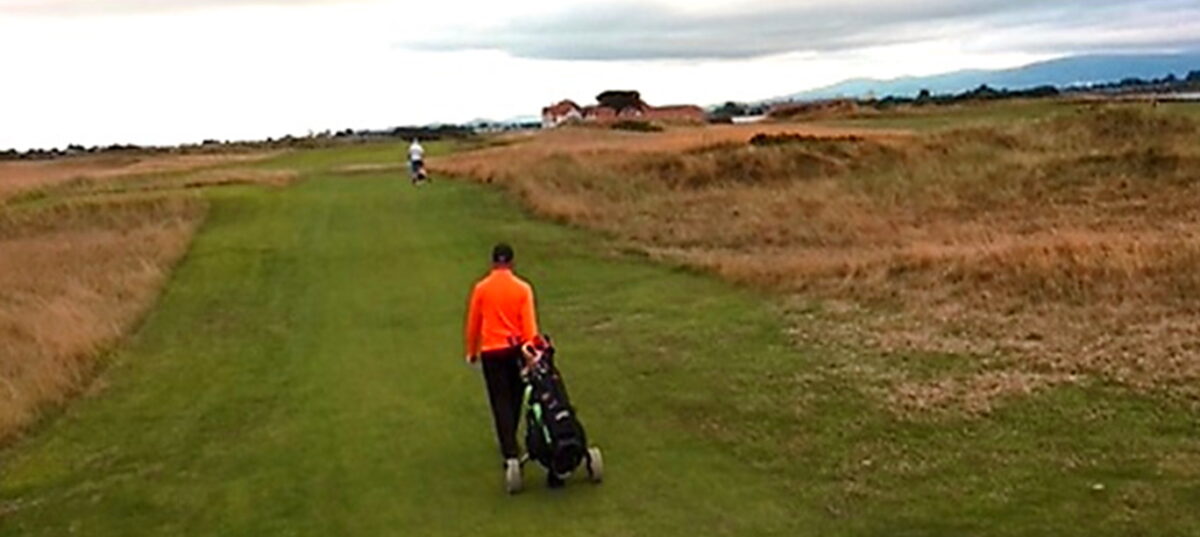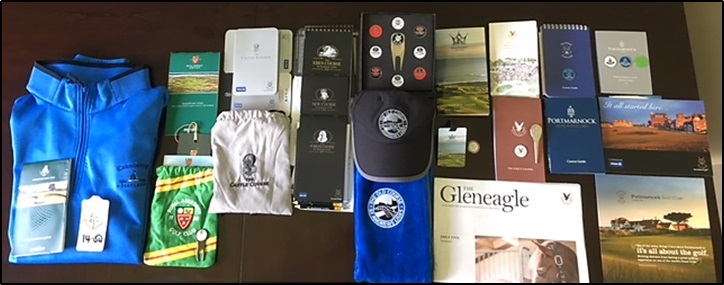Is Carnoustie sexy? Is Carnoustie what!!!???
In preparing for the 2020 US Open at Winged Foot, Tiger Woods was giving an interview and duly paid the New York course respect. He ranked Winged Foot as one of the three hardest courses in the world. as he prepares for this week’s US Open.
“It’s up there next to Oakmont and Carnoustie as far as sheer difficulty without doing anything to it,” said Woods, a three-time US Open champion.
In sport, and in life, we often find that things can crudely divide into two camps in the pursuit of the same objective. On the one hand we have the elegant technicians, the craftsmen that are all style and panache. On the other side we have the raw and less flashy artisan who through belligerence and determination is able to establish parity. It’s normally the case that the easy-on-the-eye former, are the first to come to our attention, whilst we gain an understanding of the latter over time as our knowledge grows and we come to fully appreciate their more under-stated virtues equally. A free scoring offense that comes up against a brutal defence is one obvious example. They talk of course about ‘boxers’ and ‘fighters’.
This crude distinction needn’t be restricted to sport though. Places are often felt to exhibit the same traits as we subject them to anthropomorphisms. Aristocratic Edinburgh, and gritty Glasgow are probably cases in point. Music and art are equally capable of falling into either camp. All of which leaves us with the question of why isn’t Carnoustie that sexy? In the first case we wondered if the proximity of St Andrews had something to do with it. St Andrews is a fine champagne, whereas Carnoustie might be a vintage port. An altogether darker and more formidable opponent?
What has St Andrews got that Carnoustie hasn’t? We’re struggling to accept that it’s a question of golf. Mention the word ‘Carnoustie’ and watch seasoned professionals respond by developing a mysterious, and immediate injury at the very hint of its name. Not without good reason did American commentators dub the monster on the Tay, “Car-Nasty”. Put simply, the course is an arresting brute that doesn’t do sentiment. Ask Sergio Garcia. As a rising star of the game, the then 19-year old Spaniard who had been weaned on manicured and relatively windless courses playing target golf, was destroyed by the unexpected difficulties of the Carnoustie links, and its spiteful weather in 1999. Completing rounds of 89 and 83 he went straight to his mother’s arms crying.
The hurt of the 2007 was altogether different. Garcia had a three shot lead going into the final round from Steve Stricker, the rest of the field were seemingly adrift, and the Championship threatened to fizzle out into an anti-climatic coronation. The twists and turns were complex that day though, but then this is Carnoustie. From six shots back Padraig Harrington had overhauled the crumbling Garcia. Harrington held a one-shot lead as he approached the final hole in the fourth round, but proceeded to put not one, but two shots into the notorious Barry Burn, on his way to a double-bogey. García, playing in the final pairing of the day, reached the 18th with a one-shot lead over Harrington therefore. It had been a traumatic round, but par would see him home. He bogeyed the hole after missing a putt from just under ten feet away, setting up the playoff. In the four-hole shoot-out, which ended on the 18th, Harrington took no chances with a two-shot lead at the last; his bogey was enough to defeat García by one shot.
The 18th is of course most remembered for the spectacular meltdown of Jean van de Velde in 1999. The site of the Frenchman adrift in the Barry Burn and standing forlornly over his stricken ball is etched on the consciousness of all golfers. However, to set the context we draw on Sports Illustrated, who noting that this was Carnoustie’s first open since the 1975 triumph of Tom Watson described the course as “a nasty antique that was brought down from the attic after 24 years. Last week the holes were longer than they were when Watson won there; the rough was deeper; and the R&A made the fairways as narrow as an eel’s appendix scar.
“I don’t think there’s an individual in the R&A who could break 100 on this course,” said Phil Mickelson, who shot 79-76 and missed the cut. Surely this can’t be the same Phil Mickelson who appears on Carnoustie’s website quoted as saying;
“I didn’t realise what a wonderful golf course this is. It’s terrific”
In 1999 the first-round leader failed to survive the 36-hole cut. Australia’s Rodney Pampling, shot 71, the only par round on the Thursday, before bowing out with a more sobering 86 on Friday. America’s leading money winner finished a mere 22 over par. David Duval, carded 24 bogeys and four double-bogeys on his way to a 62nd-place finish. “You can’t judge your game on this golf course,” Duval said. “Good shots end up in the hay, bad shots end up on the green”. Duval is alleged to have sworn that he wouldn’t play links golf again.
Some blamed the wind, but the wind was normal for Tayside, a persistent 15 to 25 mph with an occasional gust. “Christ, they don’t know what a low ball is,” lamented Carnoustie’s greenkeeper, as he surveyed the world’s best players collapse on the sacrificial altar of links-style golf. “We used to call them daisy cutters. This is the old style, the natural style.”
It’s a familiar story. Target golfers have been bemoaning Scottish links for years, before conquering them in later life as wiser and more experienced players who come to love them as they grow to understand how to play them. But back to Van de Velde;
As he stood on the 72nd tee Van de Velde had a three stroke lead. The engraver was literally carving his name on the claret jug. Amazingly he produced a driver instead of a long iron and pushed his shot into the right rough. It was a silly risk given the way the Barry Burn snakes its way through the fairway, but perhaps he’d got lucky in narrowly missing it. His second shot landed in an area of knee-deep rough after his ball bounced backward 50 yards off the grandstand. Carnoustie’s long grass joined the assault and got involved now. His third shot snagged the grass and shanked, it went straight into the burn.
Luck was on Van de Velde’s side, the ball hadn’t actually submerged. It had come to rest on a plant and was playable, something that the golfer admits persuaded him to consider the shot. Journalist Norman Dabell probably sums it up best “If he had just got straight into the Barry Burn, he could have actually played the shot. It was nothing more than like playing from a bunker. But he took his time taking his shoes and socks off. It’s a tidal burn, so the ball went from just above water to being totally submerged. It would have been far better holding the Claret Jug in wet shoes and socks than how it all transpired. To me, that was his worse decision. Because I think he could have won by a shot.”
Van de Velde is French of course, we half share this sentiment. He sedately removed socks and shoes with an almost sense of protracted regal theatre. Somehow we suspect that were this Colin Montgomerie spotting that his ball was temporarily playable he’d have been leaping in there before it sank (albeit in Colin’s case, the act of leaping would probably bring about a tidal surge and an unfortunate sinking). Anyway, after an animated inspection, and paddle, Van de Velde decided against it, and instead took a drop (fourth stroke). His fifth was played in front of his chuckling watery nemesis, and scuttled through the putting surface and into one of the deep greenside bunkers. He pitched out safely and buried an eight footer on his seventh shot for a triple-bogey. This forced him into play-off with a trio who’d managed a six-over-par 290 – the highest winning total at any major since Jack Nicklaus’s 290 in the 1972 U.S. Open at Pebble Beach.
What’s less well known is that a few months later a putter company offered him the chance to make an advert. Well you needn’t be a genius to work out what dastardly story-board they had in mind. Play the 18th with a putter? Yep. On his third attempt Van de Velde made a six, a score that a few months earlier wouldn’t have left a red faced engraver repairing his premature handiwork.
Carnoustie is so much more than a single hole though. The 16th, ‘Barry Burn’, is a heinous par 3 often played into an unforgiving wind. In 1968 Jack Nicklaus was the only player to get past the pin on the final round, whereas in 1975 Tom Watson tried, and failed, on no less than five attempts to manage a par here
The hardest hole with an SI of 1 is a strange one. For tournament play, the 14th, ‘the Spectacles’, the name deriving from the pair of giant bunkers that guard the approach, is played as a compassionate par 5, in fact it’s about the most generous hole in the entire Open Championship rotation. For regular play however, it reverts to a brutal par 4! Hardly seems fair does it? Let’s get this right then – the Pro’s play it as a five, and we play it as a four … urm
The drive is tough enough with out-of-bounds left and bunkers well in play. However the hole is made by the 2nd shot, where the player must decide whether he is going to carry the massive Spectacle bunkers or not. If a player goes for the green and lands in the Spectacles he can expect to be there for some time as these intimidating bunkers are huge. Further bunkers closer to the green provide additional protection
Normally played into the prevailing wind the par 5, sixth, is another notorious beast; Hogan’s Alley. Our split shot diagram illustrates the challenge of the two assignments. An out-of-bounds fence runs the duration of the hole down the left. Threading an alley between this perimeter and the fairway bunkers (indicated by the yellow arrow) is the brave route pioneered by Ben Hogan. The 2nd shot is no less perilous with a ditch angling across the fairway and the out-of-bounds continuing to be a threat.
Had you played to the right instead, then it would only be when you came to address your second that you’d realise what you’d done. Not only are you short with a restricted line, and needing to carry a jungle of veritable long-range vegetation, but Jockey’s burn bites deeply into the right side of the fairway.
Carnoustie is perhaps never going to have the majestic splendour of a St Andrews. You get the impression it wouldn’t welcome the label anyway. This is about golf first and foremost. There is perhaps something unashamedly raw about Carnoustie. This isn’t a sexy aesthetic offering, this is purely and simply about whether or not you can play, and this is the biggest allure of the whole tease. Most golfers harbour the question ‘how good am I really?’, or, ‘what would it be like if?’ It’s that different type of chemistry that’s at play here. At superficial first inspection the forbidden fruit might not be the most eye-catching, but the more you look at it, the appeal grows. Remember that its not always the prettiest person who gets the verdict, people start to see different things in different people the more they dwell on it.
Would it be too crass to suggest that Carnoustie is a ‘real mans course’. Well it probably would, but might we suggest with apologies to John Gray, that Carnoustie is from Mars, St Andrews is from Venus
Carnoustie is played on the east coast tour as well as at a special rate in the Fall. The existence of a handicap threshold prevents us building a full match around this links for our ‘Ryder Cup’, but should we be able to assemble a qualified team we would be able to slip it in. As it stands we introduce it as a bonus. To find out more about the ‘Ryder Cup’ match played in ‘Carnoustie country’, click on the image below
Carnoustie is usually played in conjunction with St Andrews. If you fancy beating Van de Velde then you can also play Carnoustie on Faraway Fairways ‘best golf in the world’ suite.

























